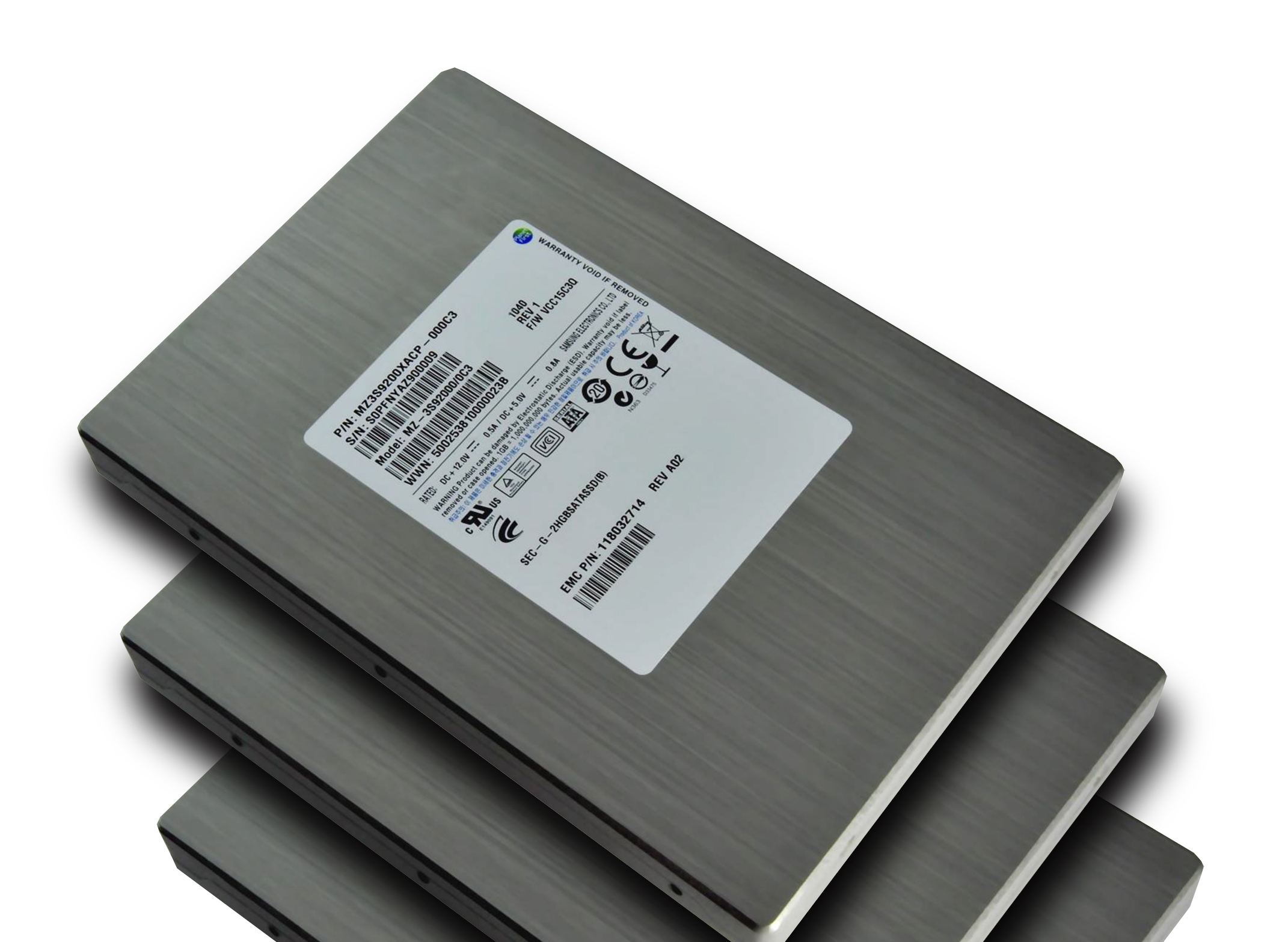SSDs In RAID: A Performance Scaling Analysis
RAID arrays with dozens of hard drives are not uncommon for reaching certain performance levels. We demonstrate how beautifully SSD RAID arrays can scale. There may come a time when a few flash-based drives will replace entire farms of hard disks.
SSD Performance On Demand: RAID Scaling Analysis
Barely a week goes by without a new product being introduced to the growing SSD market. Meanwhile, the storage landscape is already packed with MLC and SLC NAND-based solid state drives claiming superlative data throughput rates of more than 250 MB/s (on SATA 3 Gb/s ports) and I/O rates in the five-figure range. In contrast, the veteran hard drives seem like relics from a seemingly bygone era: cheap, much slower, and eventually doomed.
It is not really quite that simple, of course, because when the underlying technology does not fit, the SSD performance data that looks so impressive on paper can quickly go up in smoke, and even fall behind that of notebook hard drives. A flash drive can only reach its full potential with the right combination of hardware resources, controller, cache, and software features.
But that is only a basic requirement and you have to consider other factors, including the latest Serial ATA drivers and SSD firmware, AHCI support through BIOS, as well as the TRIM feature offered in Windows 7, Windows Server 2008 R2, and Linux distributions with kernel version 2.6.18 or higher. This keeps the SSD informed of deleted blocks so that the available storage space is managed better, thereby preventing performance degradation.
Flash Drives For Corporate Use
Because of their technology, SSDs are not only interesting for PC enthusiasts and performance aficionados, but for corporate use as well. Regardless of the usage scenario, there are a lot of technical advantages that favor SSDs: while only a minority of enterprise sector users will benefit a lot from the great throughput rates, the lack of moving parts means superior access times, as well as lower operating temperatures. And most important, especially in servers dealing with huge numbers of individual read and write operations, the I/O performance is miles away from traditional hard drives.
The few drawbacks of SSDs are easy to list: the price per gigabyte is still much higher than for traditional hard drives. Also, the lifetime of flash memory is technically limited to a certain number of write cycles. This is not usually a significant disadvantage, especially since this problem is shared with traditional hard drives due to mechanical wear and tear, and the latest high-end flash products have a life expectancy purported to be on par with enterprise hard drives.
How Do Enterprise SSDs Scale In RAID?
Get Tom's Hardware's best news and in-depth reviews, straight to your inbox.
Under what conditions is the use of SSDs worth the investment for a company? We address that question in this article, and answer it from two angles. First, we will investigate the scenarios where the use of SSDs is worth the investment over traditional enterprise hard drives. And because the RAID topic inevitably surfaces in this context, we also take a look at SSD RAID scalability.
The fact that an SSD RAID array almost always dominates a comparable hard drive RAID array in terms of performance has been extensively studied by us and others, and is therefore not the main focus of this article. Instead, what is important here is whether the 'Online Capacity Expansion' feature of RAID arrays now also resembles 'Online I/O Capability Expansion,' because the I/O performance increases significantly with every drive added, and it is higher than with traditional hard disks.
Current page: SSD Performance On Demand: RAID Scaling Analysis
Next Page I/O Performance In Abundance-
mrbongal007 hi, pls help in understanding how are you getting 1000 MB/s performance on a sata3 port/lane which gives max of 600MB/s. if the answer is raid striping across 5 lanes then potentially we can get this performance on a sata2 port as well since each lane is being taxed to appx 200MB/s. appreciate your help in understanding this. thanks.Reply -
oxxfatelostxxo OutPut is through a pci x8 slot. Max transfer of 6gb/s I think. The sata 2 max is per channel for each drive. Not a combined maxReply -
chefboyeb I guess i would be better off adding 2 more ocz vertex ssds to my existing 3 ssd raid 0 setup afterall... I was concerned about the limitations of motherboard, but not anymore... ThanksReply -
maybe is just me only.Reply
3 reason hold me back moving HD to SSD.
1st. money VS pre GB.
2nd. the technology is mature enough to keep that real speed in stabilize performance.
3rd. RAID support in SSD still in wonderland.
conclusion. all the read/write speed in the benchmark is full of BS, but if you can maintain the driver is reading purpose only but never erase and delete any old data and rewrite new files into it. and you are a heavily download user. you will lost the speed advance reading/writing in a SSD over a traditional HD. SSD is pretty fast only in a fresh windows install for the first time. it will lose speed performance in time and you have to do another fresh reinstall again and again. -
nebun oxxfatelostxxo... The motherboard will Max out. You need a raid card to see those speedsor just use an PCIE SSD like the revodrive x2 :) no limitReply
